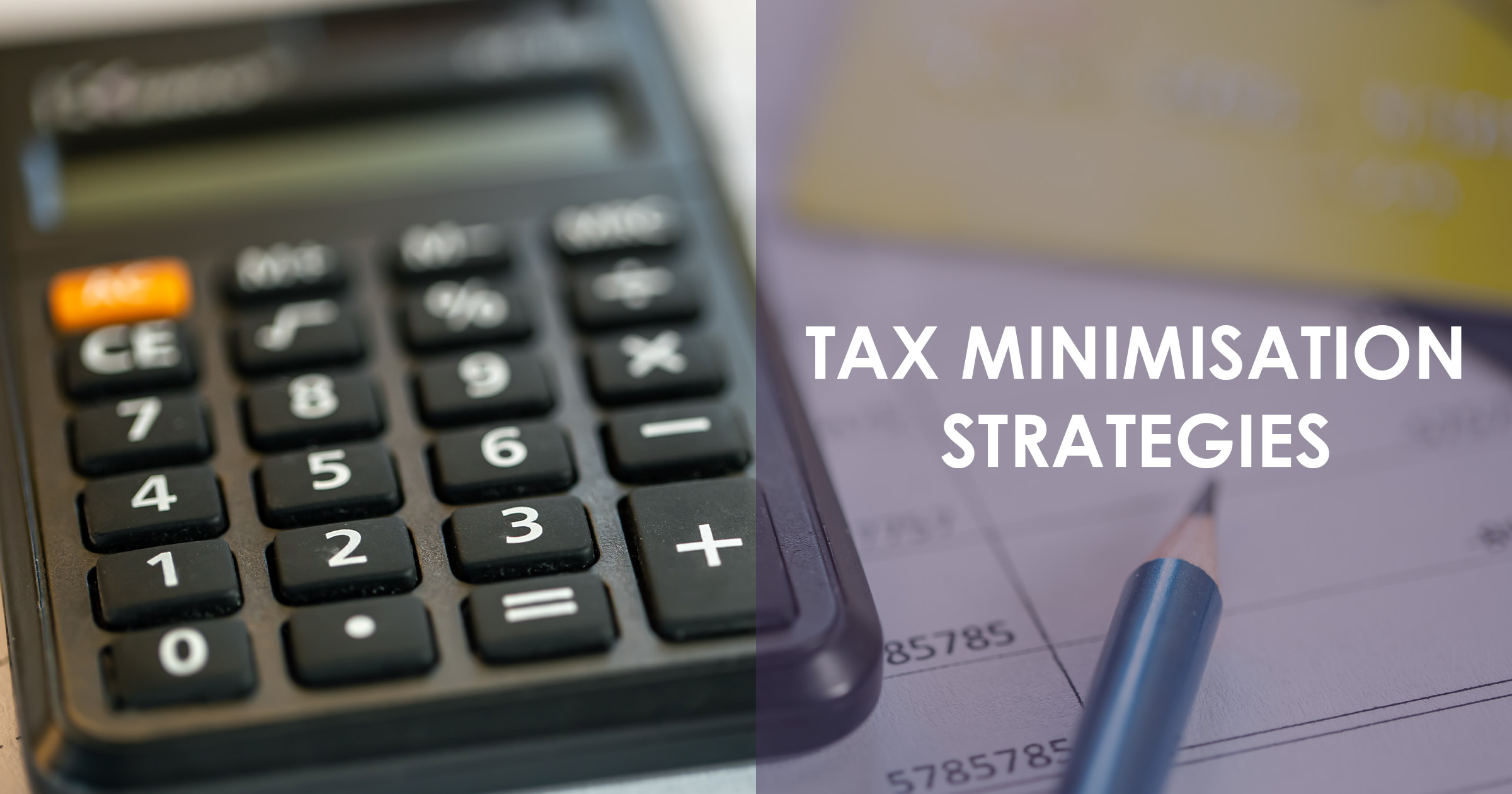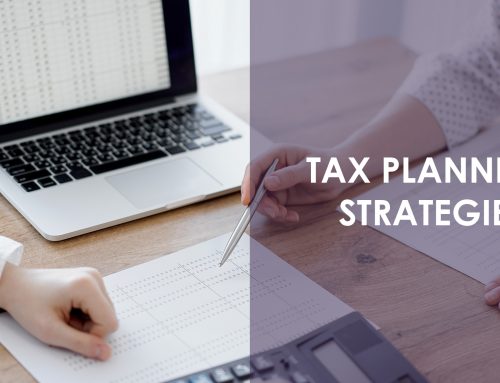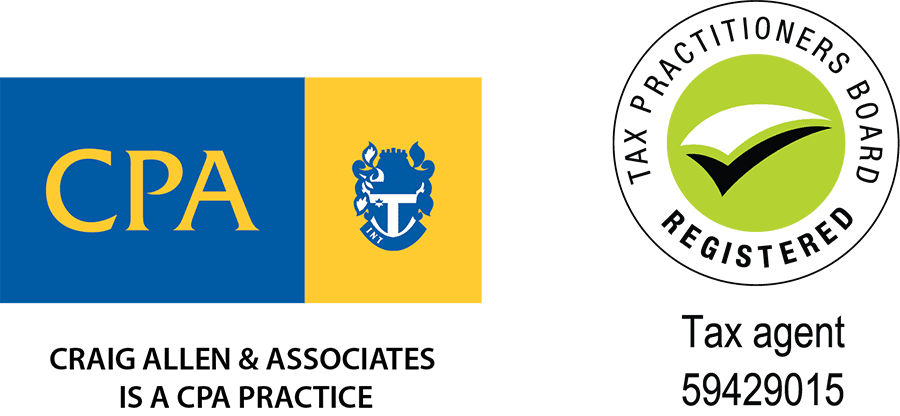Tax planning is a crucial part of running a successful business. It helps you achieve the best tax result possible and– in turn– saves you money. A huge aspect of tax planning is to make use of tax minimisation strategies. These strategies are different from tax avoidance schemes which are illegal and are subject to heavy penalties from the Australian Tax Office (ATO).
Tax minimisation, on the other hand, is a process of carefully assessing and reducing a business’s tax liability in line with Australian tax laws. This article lists some of the best tax minimisation strategies in Australia.
Maximise tax deductions and tax offsets
Tax deductions are expenses that can reduce your taxable income and, in turn, reduce the amount of tax you pay. In Australia, there are several business tax deductions you can claim such as travel expenses, depreciation of assets or purchases of work-related equipment. Note that these expenses must be directly related to the earning of your income and can be substantiated with a record or receipt.
You can also minimise your tax liability by using tax offsets or tax rebates. Some of the most common tax offset uses are the Low Income Tax Offset and the Low and Middle Income Tax Offset. These are great ways to improve your tax result and can’t be missed when preparing a tax return.
Make personal superannuation contributions
One way to reduce your taxable income is to make personal super contributions and claim the amount as a tax deduction. This not only allows you to save tax but also allows you to invest more in your super and provide for your retirement. If you’re making a personal super contribution, it is essential that you complete a notice of intention to claim form and lodge it with your super fund. Once you receive a written confirmation from the fund, you are good to go and make the claim!
Reduce your CGT liability
Selling any shares or assets that you’ve had for less than a year will require you to pay higher capital gains tax. On the other hand, a 50% CGT discount is given on assets that are held for more than 12 months.
That said, you should strategically time any asset sale and take advantage of Capital Gains Tax (CGT) concessions. Note that a sale of an asset is subject to Capital Gains at the time of signing a contract of sale, not when the settlement occurs.
Negative Gearing
As an individual, you can ‘negatively gear’ the costs of paying for an investment property to reduce the tax you pay. Negative gearing is a strategy wherein the expenses associated with your investment property are greater than the rental income it generates. This, therefore, reduces your taxable income and the overall amount of tax you pay.
That said, negative gearing can be complicated and can apply to more than just property, so using a knowledgeable accountant or business advisor is encouraged.
Consult an expert accountant and business advisor
Tax planning strategies help you legally minimise your tax, build your wealth, prevent tax issues, and get the best possible tax result and tax advice for the financial year.
Craig Allen and Associates is best placed to help you plan your tax result and give you ongoing advice on improving your tax position. We also offer a range of services including bookkeeping, business consulting, coaching, and introductions to financial planners and mortgage brokers.
It’s time to make a booking with us by contacting our team at 039 558 7316 or emailing us at craig@craigallen.com.au. This will give you a free consultation with Craig to go over your position.
SHARE THIS ARTICLE








